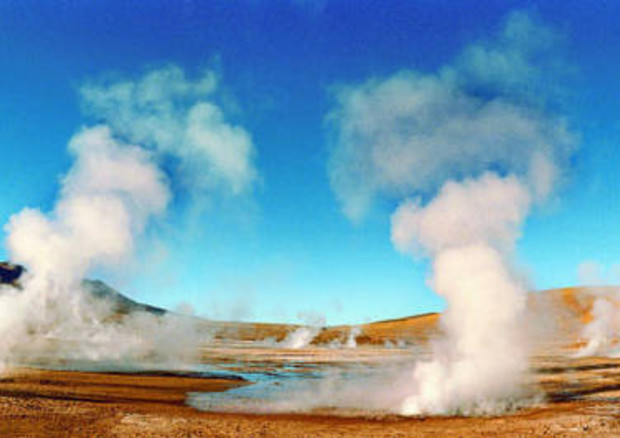Biscuit Basin, one of Yellowstone National Park’s most dramatic geysers, is closed for the summer of 2025 due to a hydrothermal explosion that occurred from Black Diamond Pool on July 23, 2024, and the continued seismic activity and eruptions in the area. The Park administration is taking no chances of tourists getting injured.
On July 23, 2024, a sudden hydrothermal explosion struck the Black Diamond Pool in the Biscuit Basin, one of the most visited areas of the park, which receives more than 4 million visitors a year. Although such events are not uncommon in an area famous for its natural geysers, the one on July 23 was particularly violent: it projected boiling water, steam and debris hundreds of feet, destroying part of the tourist walkway and frightening those in attendance. Fortunately, no injuries were reported.
The most recent minor explosions occurred on Nov. 5, 2024, and Jan. 3, 2025, during winter excursions, but the activity persists.
Following the events, the National Park Service and Yellowstone Volcano Observatory decided to completely close the area for the entire summer of 2025 until further notice. In the meantime, the site is constantly monitored by authorities and scientists through sensors and webcams installed to detect possible and unpredictable seismic and hydrothermal changes.
According to experts, the explosion was caused by pressure buildup under an impermeable silica barrier – a situation comparable to a natural pressure cooker. Of concern is not so much the event itself, but the strength and unpredictability of the phenomenon: the geothermal system remains active and unstable.
The impact on tourism and the local economy will be significant. The closure of the area will disrupt tourist itineraries and harm local businesses, such as hotels, restaurants and tour operators. For this reason, those planning to visit Yellowstone will need to check real-time updates and official notices on the park’s website, where closed areas, detours and warning signs may be posted, in keeping with the principles of responsible tourism.
There is no doubt that the explosion at Biscuit Basin marks a turning point for Yellowstone and its visitors. The summer of 2025 will be different – not only for tourists, but for the increased awareness of the risk involved in exploring the wilderness.
Yellowstone is one of the largest volcanoes on Earth. It sits atop a supervolcano, meaning it has the potential for massive eruptions far beyond typical volcanic activity. The Yellowstone Caldera spans about 30 by 45 miles (50 by 70 km), making it one of the largest volcanic systems in the world.
It has experienced three major eruptions in the past 2.1 million years, with the most recent occurring 640,000 years ago. While it’s enormous, scientists closely monitor it, and since it is estimated that it has a major eruption every 700,000 years, there are no signs of an imminent eruption.
The recent events at Biscuit Basin are a reminder: when the earth speaks, even the most experienced explorers must stop, listen and respect.












